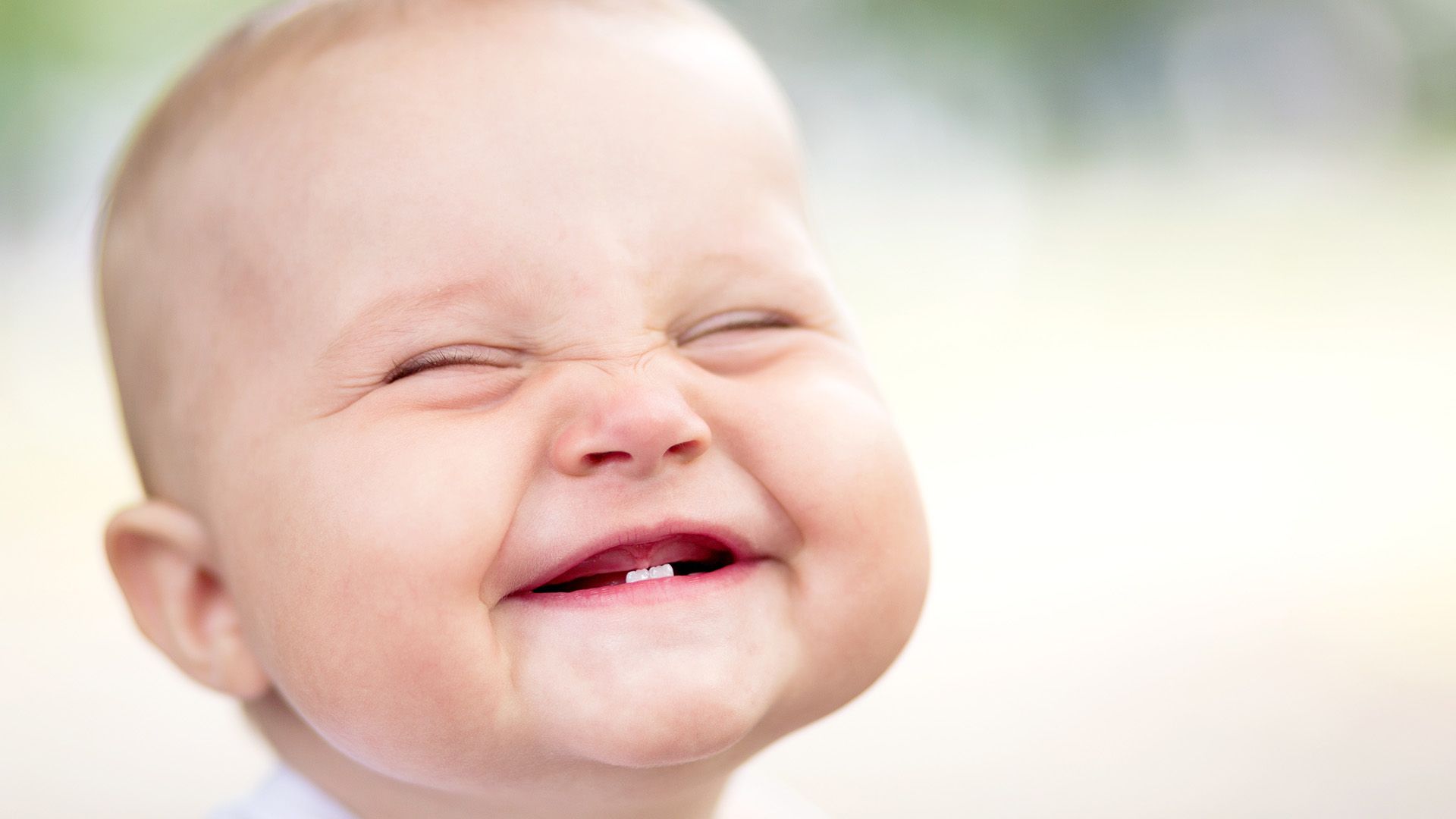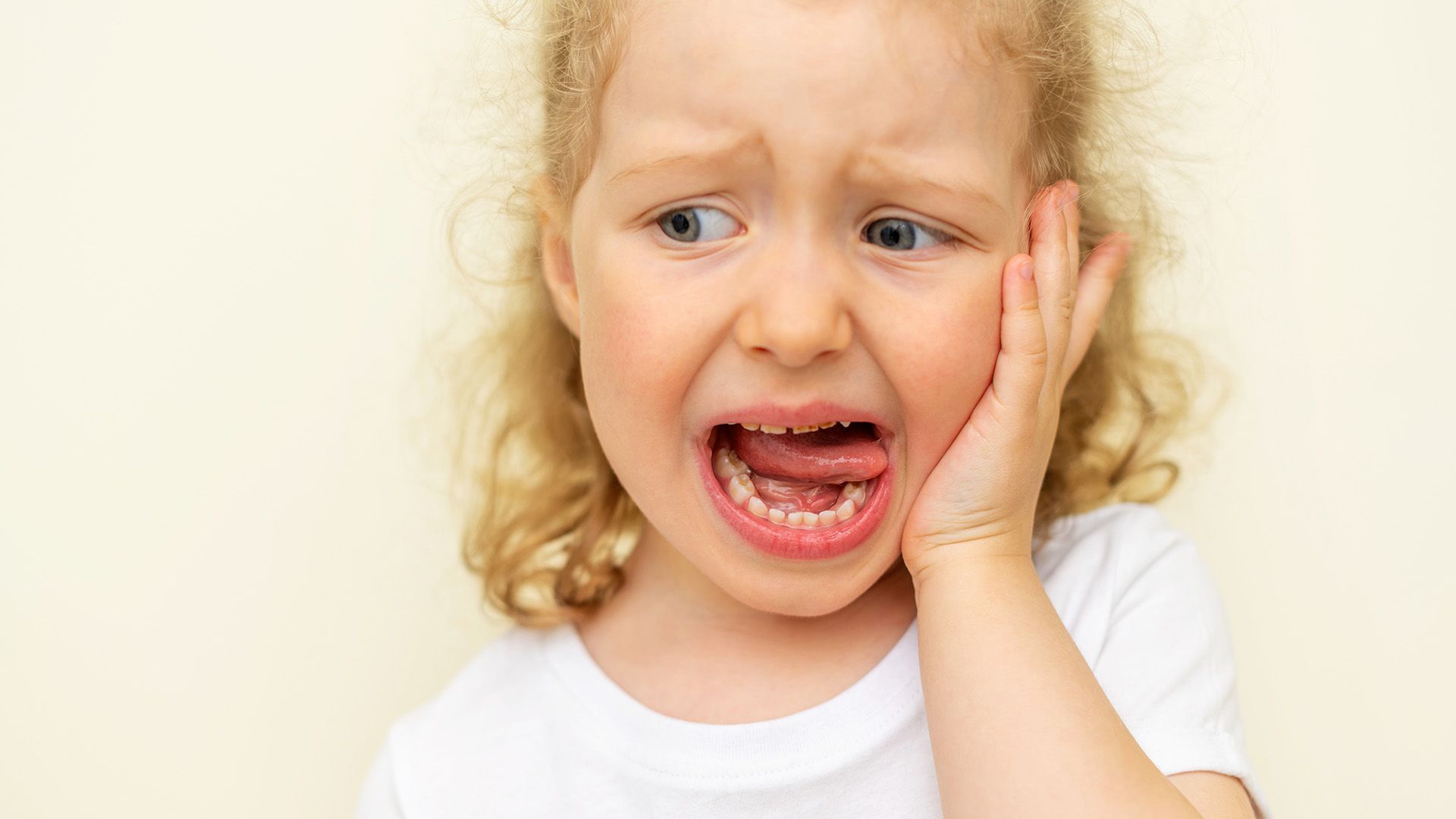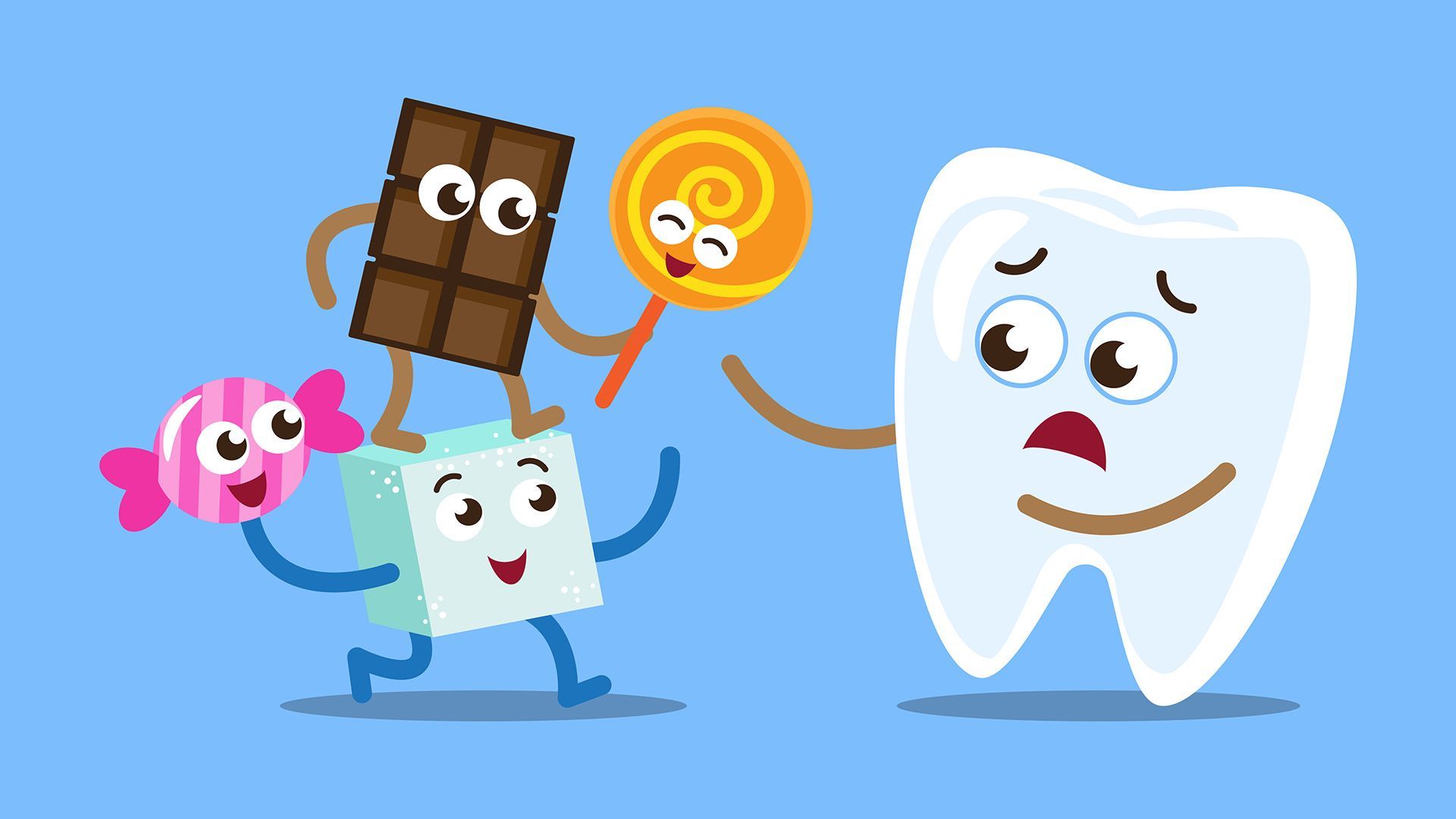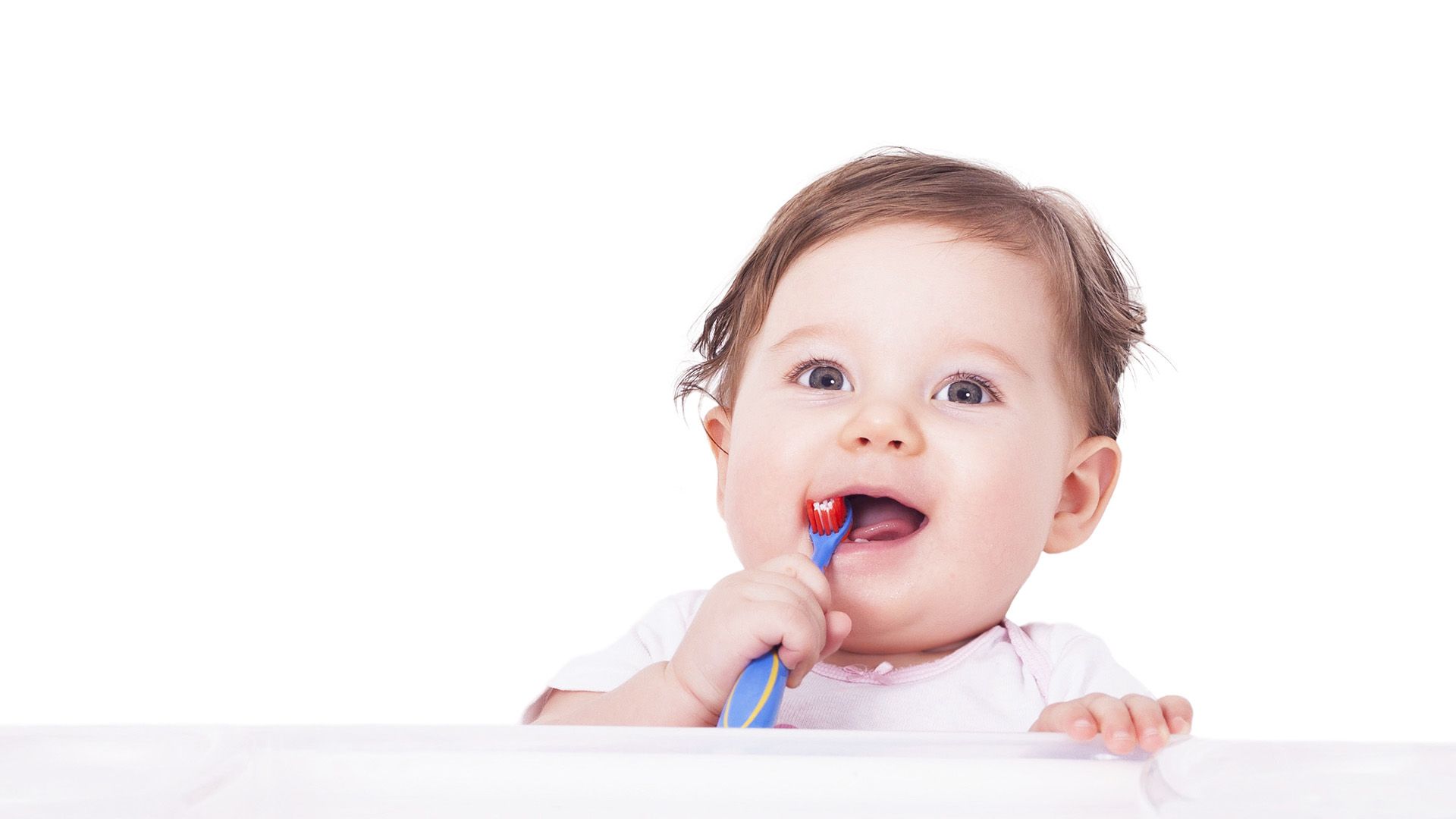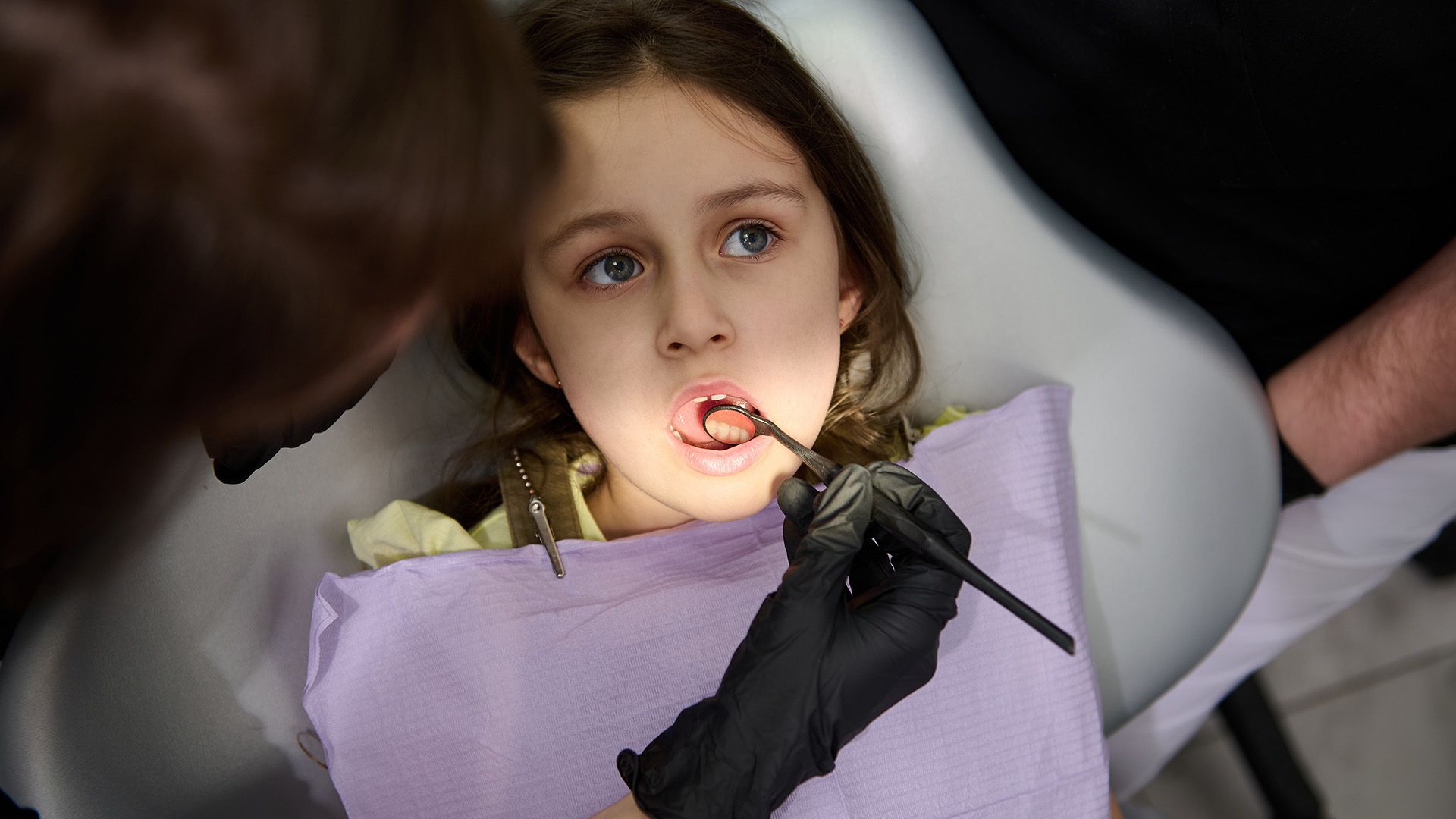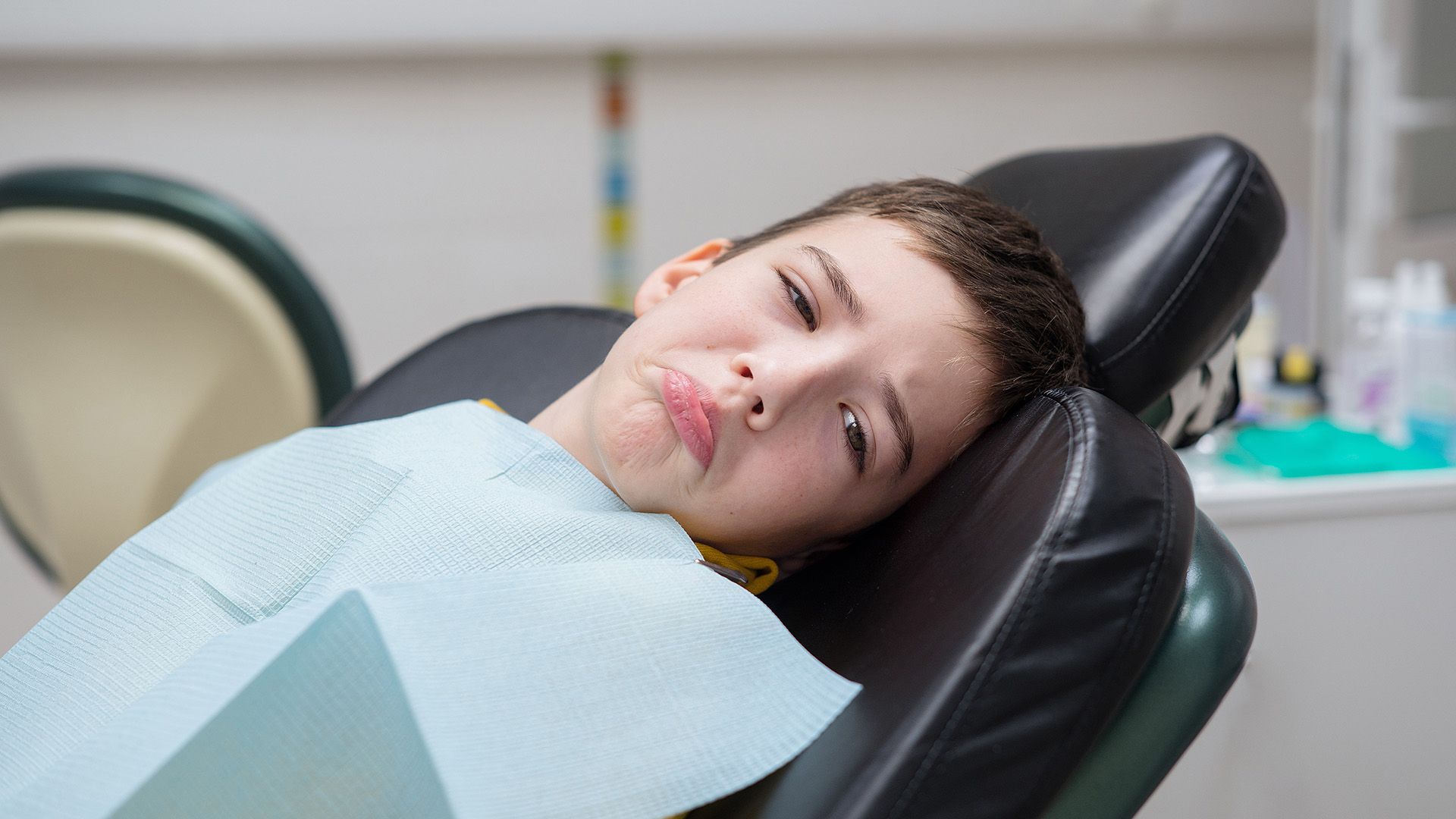Permanent Tooth Eruption in Children
Understanding permanent tooth eruption in children is crucial for parents aiming to safeguard their child's dental health. This natural development begins around age six, marking the transition from baby teeth to permanent teeth. While this is a normal phase, it can pose challenges for both children and parents. By knowing what to expect during permanent tooth eruption in children, parents can better support their children and ensure optimal dental hygiene. This guide will delve into the essential aspects of permanent tooth eruption in children, aiding you in navigating this key milestone in your child's dental development.
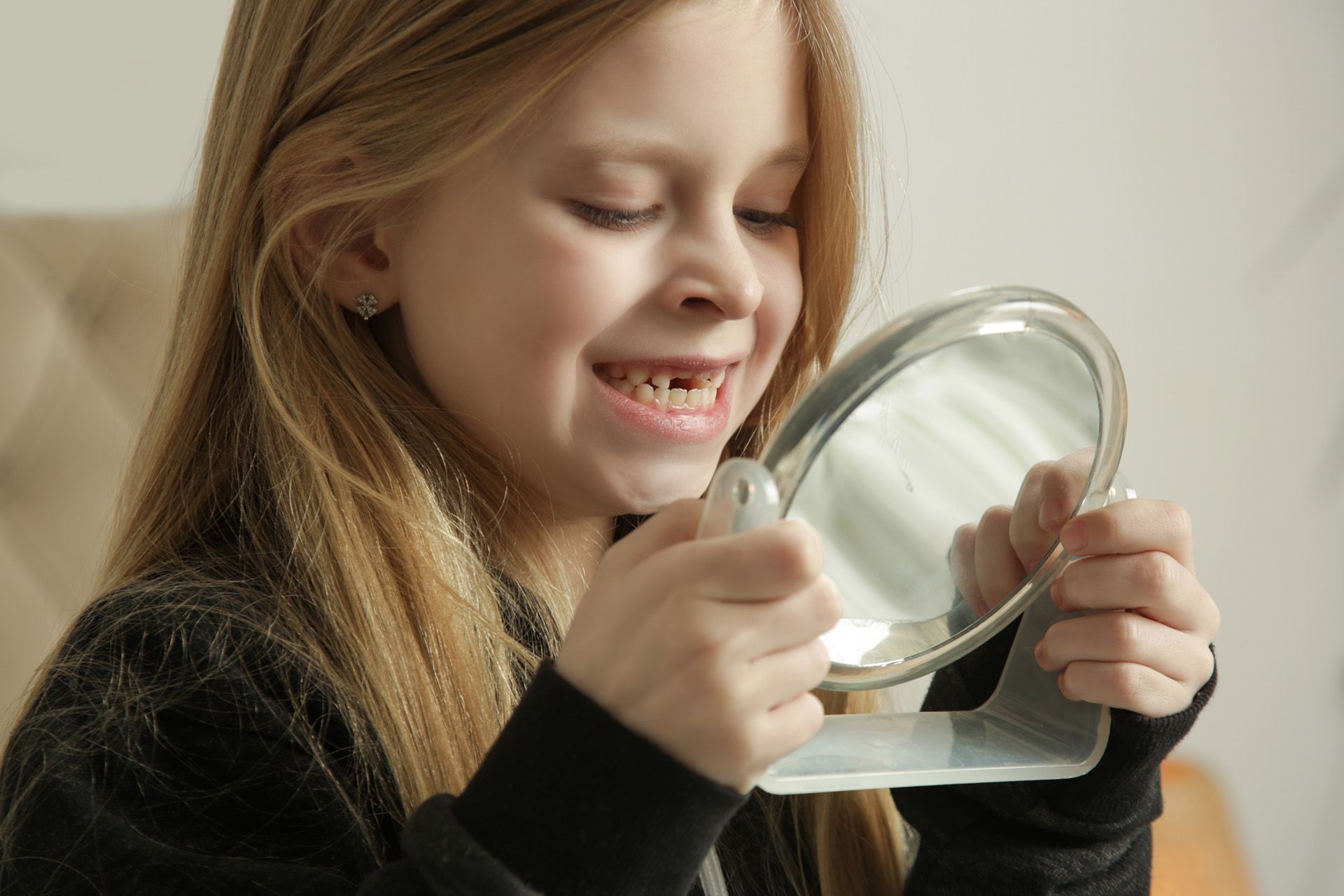
Understanding Permanent Tooth Eruption
The eruption of permanent teeth is a pivotal moment in a child's dental growth. Typically starting around age six, this process extends into the late teenage years, beginning with the emergence of the first permanent molars behind the primary teeth. Over the ensuing years, children will gradually lose their baby teeth, making room for the permanent set. Familiarity with this timeline helps parents anticipate changes and ensure proper dental care during permanent tooth eruption in children.
The age range for the emergence of permanent teeth varies. Incisors usually appear between ages 6 and 8, followed by the first molars around age 6, and the canines and premolars between ages 9 and 12. The second molars generally emerge around ages 12 to 13. By late teens, wisdom teeth may also appear, although this varies widely among individuals.
Parents should watch for signs indicating permanent tooth eruption in children, such as increased drooling, slight gum swelling, and a tendency to chew on objects for relief. Children may also become irritable due to the discomfort associated with erupting teeth. Monitoring these signs enables you to support your child's dental health and prepare for dental visits to address any concerns during this exciting growth stage.
Difference Between Baby Teeth and Permanent Teeth
Understanding the differences between baby teeth, also known as primary teeth, and permanent teeth is crucial as parents navigate their child's dental development. Baby teeth generally emerge between six months and one year, with a full set of 20 in place by age three. These teeth are smaller, whiter, and have thinner enamel compared to permanent teeth, making them more susceptible to decay.
The transition from baby teeth to permanent teeth starts around age six and continues until about age 12 or 13. During this time, children will lose their baby teeth, paving the way for 32 permanent teeth, including molars that come in later. This timeline can vary, but understanding it helps parents prepare for permanent tooth eruption in children.
Baby teeth play a critical role in dental development. They aid in chewing and speaking and serve as placeholders for permanent teeth. Premature loss of baby teeth due to decay or injury can lead to alignment issues, as permanent teeth may lack the proper space to erupt. Therefore, maintaining the health of baby teeth is essential for a smooth transition to permanent teeth.
Common Issues During Permanent Tooth Eruption
The process of permanent tooth eruption in children is a significant milestone in dental development but can also present challenges. One common issue is potential toothaches or discomfort as new teeth push through the gums. Children might express this discomfort by being irritable, avoiding certain foods, or complaining of mouth soreness. Observing these signs can help parents discern whether the discomfort is part of the normal eruption process or requires further evaluation.
Overcrowding is another complication that may arise. As permanent teeth emerge, there may not be enough space in the mouth, leading to misalignment. Overcrowding can cause teeth to become crooked or overlap, affecting a child's bite and overall oral health. Early intervention is crucial to ensure proper alignment and prevent further complications.
Parents should be vigilant during their child's permanent tooth eruption in children. Persistent discomfort or noticeable misalignment warrants seeking dental advice. A pediatric dentist can provide insights and recommend treatments, ensuring your child's dental health is on the right track.
Maintaining Dental Health During Eruption
As children experience permanent tooth eruption, maintaining dental health is essential. Regular dental check-ups during this period allow pediatric dentists to monitor the growth and alignment of emerging teeth, addressing potential issues like crowding early on. Establishing a routine of dental visits helps children develop positive associations with oral care, laying the foundation for lifelong healthy habits.
Caring for emerging permanent teeth requires a proactive approach. Encourage children to practice good oral hygiene by brushing twice a day with fluoride toothpaste and flossing daily. Selecting the right toothbrush for their age ensures effective cleaning. Additionally, teaching children to avoid sugary snacks and drinks can significantly reduce cavity risks during permanent tooth eruption in children.
Nutrition plays a pivotal role in supporting dental health as permanent teeth erupt. A balanced diet rich in vitamins and minerals, especially calcium and phosphorus, strengthens teeth and bones. Encourage children to consume plenty of fruits, vegetables, dairy products, and lean proteins to promote optimal dental health. By prioritizing regular dental check-ups, proper oral hygiene, and a nutritious diet, parents can help their children navigate permanent tooth eruption in children confidently, ensuring a healthy smile for years to come.
